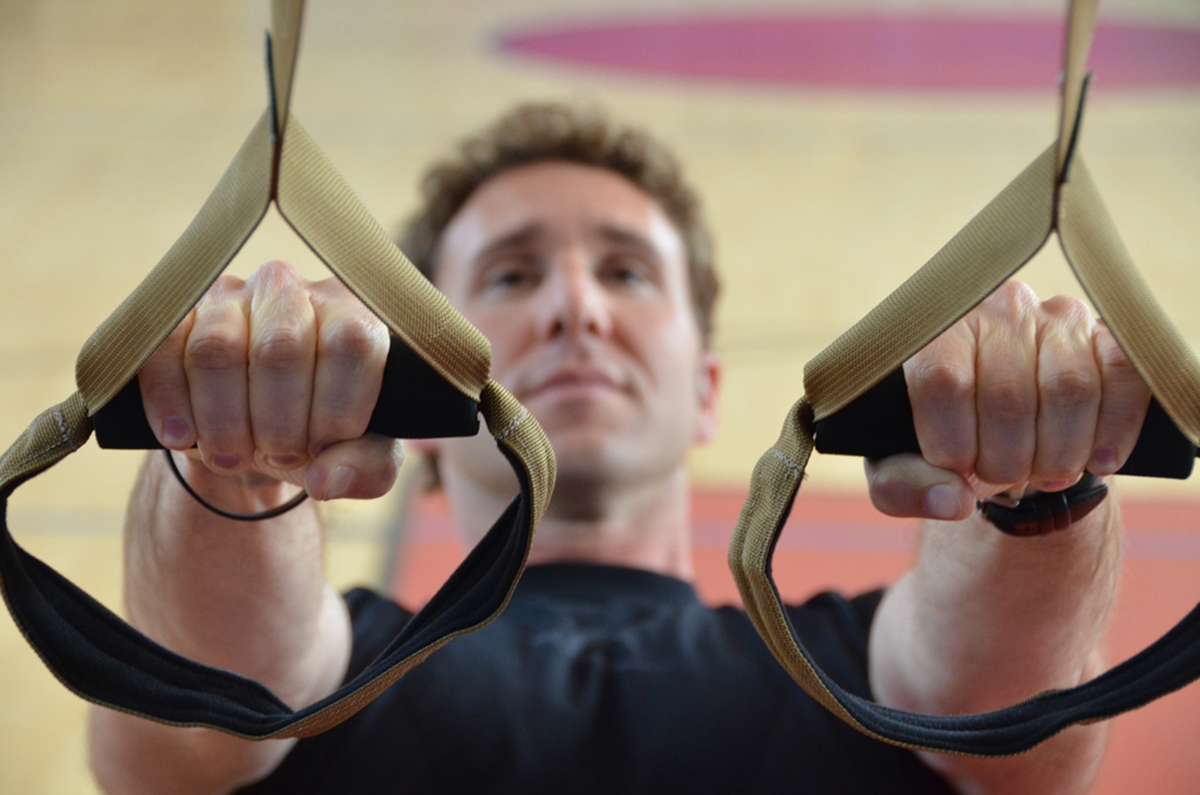Table of Contents
One of the top tips on starting to exercise is to choose an activity that you will find enjoyable. The more you like it, the more likely you are to continue with it, without finding it a boring chore. Start off with small goals that are more attainable, and then slowly increase the length of time you are exercising and the type of exercises. It’s a good idea to have a set routine regarding the time of day you are going to exercise. If for example you decide that you will exercise everyday at 8 am, you are likely to keep to the schedule.
If you happen to miss a few days or even weeks of your exercise routine, don’t be too discouraged, as it takes around about a month to develop the habit of regularly exercising.

Some people find it boring and less motivating to exercise alone, so try and find a "buddy" to exercise with. You could even do it while sitting in front of the television, or try it with music playing.
Strength training for the upper body can be practiced in many different ways when in a wheelchair. The use of weights such as dumbbells, or anything you have around the house that is a suitable weight like a bag of flour or tin of food can greatly enhance the exercise. Another option is to use resistant bands, which can be attached to anything like a door handle, furniture or even the wheelchair. These are great for shoulder rotations, arm and leg extensions.
Many gyms nowadays have programs specifically designed for people with limited mobility. Some even have yoga classes that are suitable for those in a chair. This is not something you should undertake at home by yourself when you first start out though; it is safer to learn in a setting with a professional to guide you. Doing yoga helps to increase your range of motion and your flexibility.
It is important to stretch your muscles and joints regularly throughout the day, every day. When you are confined to a chair day in and day out, if you don’t use these muscles, they can become stiff and atrophied. For those who suffer from a lot of pain, stretching also helps to alleviate the severity of the pain.
Common sense should tell you that under no circumstances should you exercise an injured part of your body. This can further aggravate the injury, particularly if there is a joint, bone or muscle injury. You should take to your health practitioner before undertaking any exercise at all. Also, if you start to suffer from sudden pain, chest pain, dizziness, shortness of breath or and irregular heartbeat, stop what you are doing immediately and call for assistance. The purpose of exercise is to improve your health, not make it worse!
READ 5 Undeniably Effective Exercise Tips For Getting Back Into It
People may have reduced mobility for any number of reasons, and for many, it is a temporary problem. For others who are less fortunate, the mobility problem may be permanent. Those who are confined to a wheelchair can develop a whole host of complications due to lack of movement, so for them it is especially important to exercise in any way they can.
- Photo courtesy of Official U.S. Navy Imagery via Flickr: www.flickr.com/photos/usnavy/8185239130
- Photo courtesy of Official U.S. Navy Imagery via Flickr: www.flickr.com/photos/usnavy/8185239130
- Photo courtesy of campdarby via Flickr: www.flickr.com/photos/campdarby/5725938276


Your thoughts on this